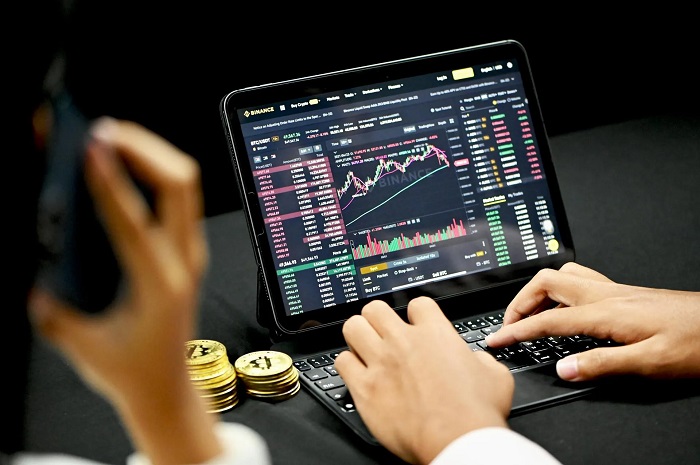Cryptocurrency trading is increasingly attracting people looking to profit from the dynamic fluctuations of digital assets. However, despite its apparent simplicity, crypto trading requires significant knowledge, discipline, and strategy. Without preparation, even a novice investor risks losing capital in the first few days. Therefore, it’s important to understand how to properly start trading on this service and the most common mistakes newcomers make.
What should you pay attention to?
The first step is choosing a reliable cryptocurrency exchange. Today, there are many platforms, each offering its own terms, fees, and security level. Beginner traders should choose well-known and regulated exchanges that provide a high level of protection for user data and funds. Also worth considering are the following factors:
- User-friendly interface;
- Availability of Russian-language support;
- Ability to trade fiat currency.
The next step is creating and securing an account. After registering, it’s important to set up two-factor authentication, use strong passwords, and avoid storing large sums of money on the exchange. Experienced traders recommend keeping the majority of their assets in personal wallets, using the exchange only for active transactions. Security is a key factor in successful trading, as cyberattacks and phishing schemes remain common threats.
Where to start trading?
Before trading, it’s important to thoroughly study the market basics and order types. Cryptocurrency exchanges offer a variety of instruments, from spot trading to margin trading and futures. Beginners should start with the spot market, where trades are executed at current prices without borrowing. This will help them understand the principles of supply and demand and learn how to analyze price movements without increased risk.
Developing a trading strategy is especially important. Emotional decisions are a trader’s worst enemy. Trading without a plan often leads to losses, so it’s important to define goals, entry and exit levels, and risk management rules in advance. Applying technical analysis methods, such as studying trends and support and resistance levels, helps make more informed decisions.
Another important aspect is capital management. It is not recommended to invest all your funds in one asset. Portfolio diversification and the use of stop orders can help reduce potential losses. Experienced traders recommend risking no more than 1–2% of your deposit per trade to maintain your balance even during unfavorable market movements.

